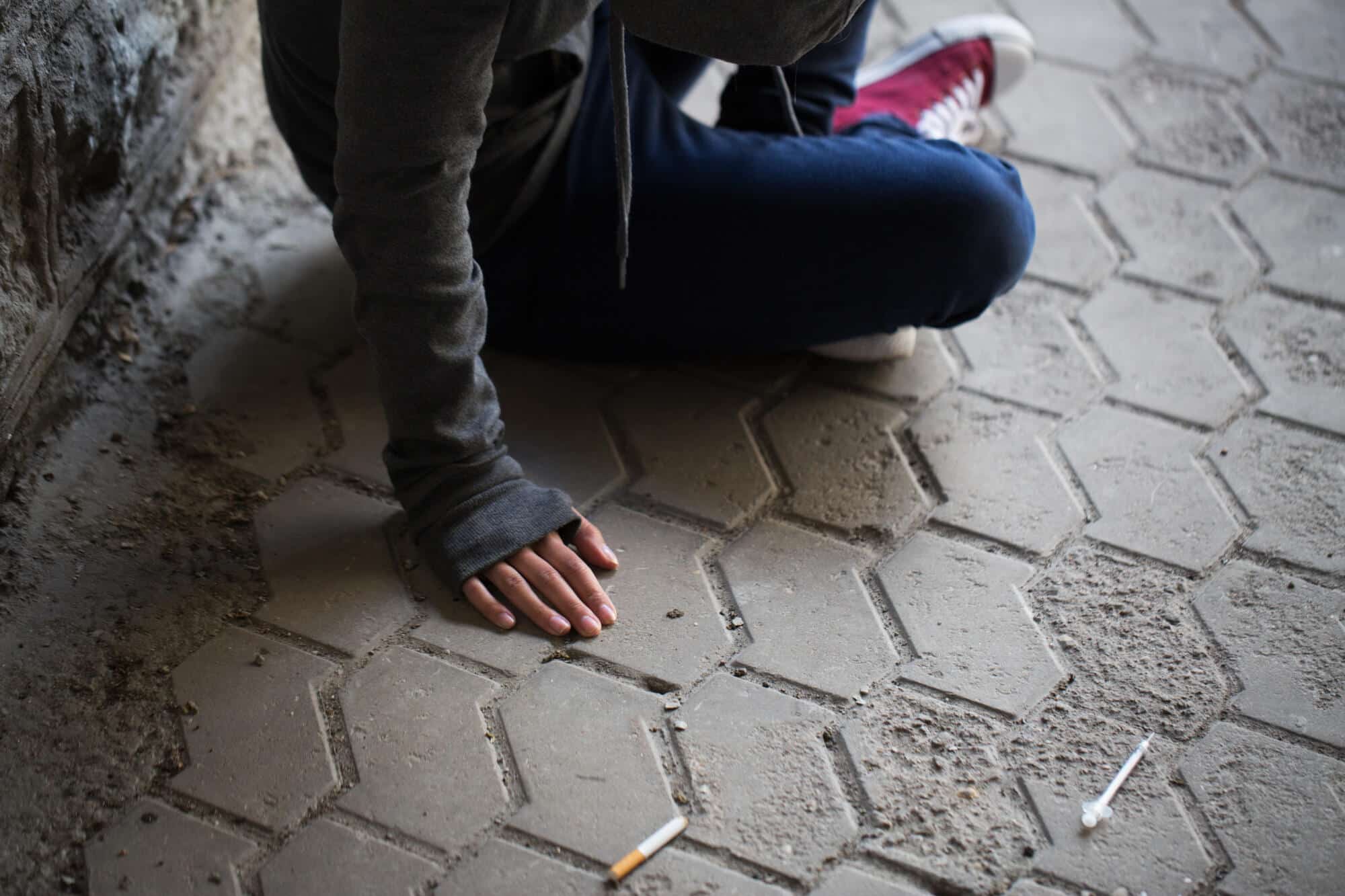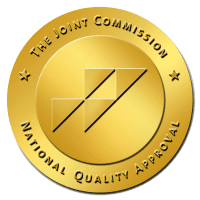The meth overdose and mortality rate in the US has increased fiftyfold between 1999 and 2021, with many of these overdoses involving a second drug like heroin or fentanyl.
Despite this, the signs of meth use in a loved one aren’t always as obvious as you might expect. Learning about the signs to watch for will allow you to find treatment resources for them before they face serious health issues or an overdose situation.
Keep reading to learn about the seven signs of meth use and how to find effective treatment options.
1. Changes in Physical Appearance
Meth can cause changes to a person’s physical appearance, and it doesn’t take long for these changes to occur. Even more, some of these changes may not seem obvious initially.
First, it’s important to remember that meth is a stimulant and impacts the central nervous system. Stimulants speed up the body, including all body functions and mental alertness. You’ll experience increased heart rate, blood pressure, and body temperature.
It’s also common to have trouble sleeping, along with feelings of irritability and paranoia. This state can cause people to lose weight and experience spastic movements and muscle twitching.
Repeated meth use can also cause inflammation in the gums and teeth, which can ultimately cause teeth rotting. This is often referred to as meth mouth, which is a state of severe tooth decay and gum disease.
Other physical changes you may notice include:
- Thinning hair
- Sudden weight loss
- Sores and scratches from picking
- Track marks
- Burn marks from smoking
- Dry skin
- Acne and sores
- Pale complexion
- Hair loss due to meth and stress, lack of sleep
- Dark circles under the eyes
People also tend to have dilated pupils and red eyes, leading to an unhealthy appearance overall.
These physical changes lead to serious issues. It’s essential to talk to your loved one about treatment options at this stage and let them know there is support available for recovering from drug addiction.
2. Changes In Lifestyle Habits
Substance use disorders (SUDs) involve a pattern of using drugs and alcohol that causes serious issues and health complications. It’s a chronic health issue that causes changes to the brain and stems from various cultural and social factors.
People with SUD continue to use substances no matter the consequences. They will continue even if it impacts their job or close relationships. The main focus becomes spending time getting and using drugs and alcohol.
Substance use increases over time, and there are often unsuccessful attempts to cut down and even quit altogether. Due to this, someone with meth addiction will have specific behavioral changes that include:
- Not sleeping or having a different sleep schedule
- Changes in appetite
- Weight loss
- Avoiding usual social interactions
- Not participating in usual passions and hobbies
- Secretive behavior to cover up the use of illegal substances
- Risky behaviors
It’s also common to notice major changes in mood and behavior. Many of these signs won’t seem obvious at first, and it’s easy to put them down to stress. However, major changes like this along with other signs usually indicate a problem.
3. Tweaking
One of the more noticeable changes meth use causes is known as tweaking. Tweaking is a psychological and physical state that can follow a binge.
This state can often last several days and occurs after a person continues meth use to delay feeling the comedown effect. However, after prolonged use like this, a person is no longer able to experience a high.
Due to this, it’s common to experience a come down which involves unpleasant withdrawal symptoms and cravings. Delusions and hallucinations are common along with the inability to sleep.
Tweaking takes a huge physical toll on the body, causing sleep deprivation, exhaustion, and additional stress on the heart. It also takes a toll on mental health since prolonged and intense drug use can impact emotional stability and cognitive functions.
Your loved one will need an addiction treatment program that includes medical detox to help them get through this phase of use safely.
4. Ongoing Financial Difficulties
Buying meth regularly is extremely costly, and even more so if it’s high-quality meth. If your loved one is using meth, they’ll need to divert money to fund this habit.
You might see that they suddenly don’t have enough money to pay bills or rent. They may even start avoiding social events due to the costs involved.
The truth is, financial issues won’t stop someone with a drug abuse problem from using. Typically they’ll begin by asking you for loans but won’t be able to give you much of a reason as to why they need this money.
It’s also common to start stealing and selling belongings to support their habit. If you live with your loved one, you may begin noticing that valuables and money frequently go missing.
Remember, people with substance use disorders will do whatever they can to obtain drugs and alcohol, despite the negative consequences.
5. Owning Meth Paraphernalia
If you don’t use meth, it’s more challenging to understand the type of paraphernalia that’s necessary.
Meth is consumed in various ways, like injecting, snorting, or smoking. To make these methods work, you need different paraphernalia. Your loved one may try to conceal it from you or hide it in an out-of-the-way location like a sock drawer.
Smoking Meth
The most obvious paraphernalia you may find are glass pipes. It’s also one of the most common ways to use meth. Crystal meth typically resembles glass shards and is most often smoked in pipes. Meth pipes are usually thin glass tubes with a round end. The meth gets packed in a hole in the rounded end and heated.
For this reason, meth pipes are usually black at the end and contain a waxy, yellowish residue. Homemade meth pipes can also be made from normal household items, so you may find objects like:
- Folded tinfoil
- Empty glass vials or pens
- Tin cans with holes
- Metal pipes made from objects like antennas
- Cut plastic straws
- Empty glow sticks
- Hollowed out pens
Rolled-up papers like dollar bills aren’t as common with meth as they are with other drugs.
Injecting Meth
Injecting meth is another common method since it gets into the bloodstream quickly, causing a more intense high. It’s also more dangerous since there is more of a chance of overdosing.
You’ll need to be on the lookout for things like tourniquets, tubing, burnt spoons, and needles. Remember, if your loved one doesn’t have a medical condition that requires the use of needles, you shouldn’t be finding them anywhere.
Other Paraphernalia
Finally, you’ll typically see additional pieces of meth paraphernalia that are either used for taking meth or cooking meth.
Small mirrors and razor blades are common for cutting and snorting meth. Burnt spoons, lighters, foil, and cotton balls are all used in the cooking and straining process.
Baggies are commonly used for storage purposes. In addition, if your loved one is making (cooking) meth on their own, you may find items like batteries, funnels, pipettes, glassware, and other science equipment.
6. Major Behavioral Changes
Using meth can lead to major changes in behavior and mood. One of the most significant changes you might notice is an increase in stress or anxiety. It’s also common to have phases of impulsive and unpredictable behavior.
They may also be very suspicious of other people and have irrational beliefs that everyone is out to hurt them. Hearing and seeing things that aren’t there is also a part of this phase.
Feelings of extreme depression and exhaustion occur after periods of excitability, making them appear to be very up and down.
If you notice this behavior, it can be challenging to bring up your concerns in a calm way. Still, your best bet is to have an honest and open conversation. You should also do your research to learn more about substance use disorders and how they impact people.
Having factual information helps you understand this condition more and allows for a more balanced approach.
7. Repetitive Behaviors
Punding or repetitive behaviors involve activities that a person repeats over and over again. Punding is one of the side effects of drugs like cocaine and methamphetamines.
These activities are mostly non-goal-related and involve taking things apart and putting them back together.
It may also involve playing games over and over again or fixating on various body issues such as picking at sores. If you notice your loved one doing this, they may not sleep for days while it’s occurring. It can also seem like your loved one is in a different world during these phases.
The only way to stop it completely is to start a detox program to rid the body of drug effects over time.
Becoming Aware of the Signs of Meth Use
Becoming more aware of these signs of meth use will help you to help your loved one move on to the next stages of their life.
You can turn to the Purpose Healing Center to get them on the path toward recovery. We offer a wide range of treatments and therapies that will help your loved one recover from addiction and live a life of sobriety.
We offer custom treatment programs that include detox, inpatient rehab, partial hospitalization, and intensive outpatient programs. We also address mental health conditions with dual-diagnosis treatment while taking a holistic approach that transforms the mind, body, and spirit.
Contact us today to learn more about our meth treatment programs and help your loved one begin living sober.



